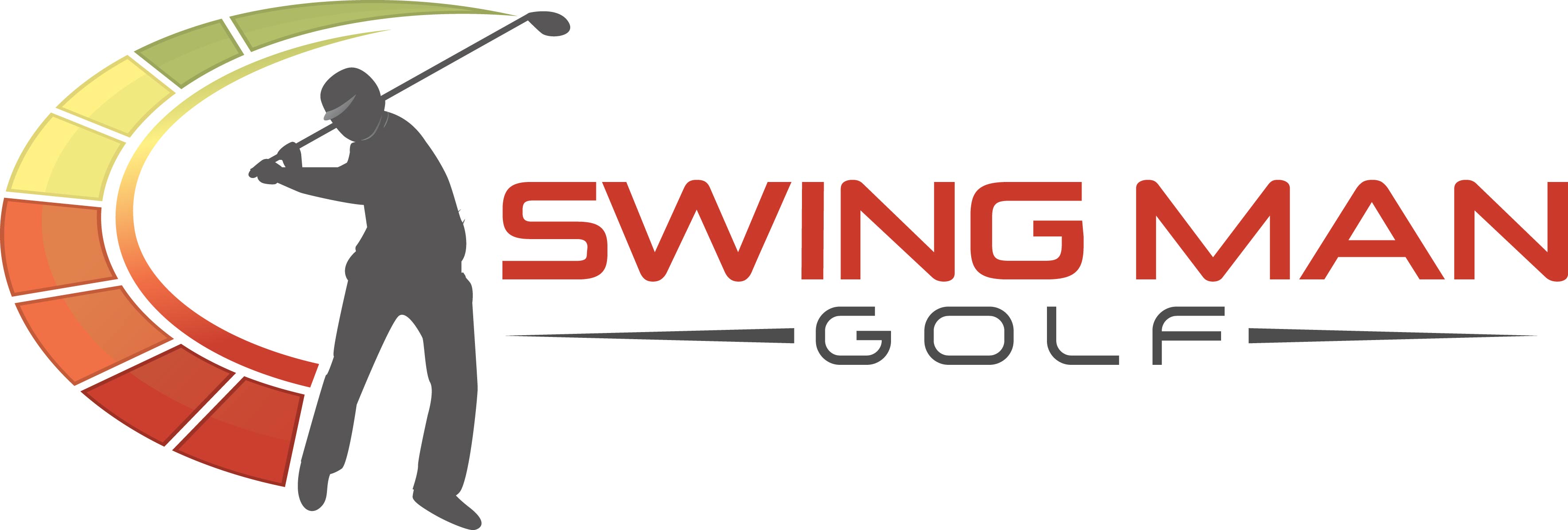By Paul Myers
Sometimes, as golfers, we get so caught up in striving for more distance that we forget about the art of controlling the golf ball in the air. While it can certainly be exciting to blast a drive right down the middle, it also can be great fun to be able to produce different ball flights on command depending on the shot at hand. When you are able to manipulate your ball based on the hole in front of you, the game can suddenly become much easier.
Two elements to any ball flight are – curve from side to side, and trajectory into the air (height). The tips below focus on improving your ability to control the height of your iron golf shots, so that you have both high and low trajectories at your disposal when you need them.
Watch the Spin Rate
The amount of backspin that you put on a given golf shots is a correlating variable in determining how high or low the ball will fly. All things being equal, a golf shots hit with more backspin will go higher into the air than a golf shots hit with less spin. Of course, there are other factors involved in the equation, but spin is a major part of the puzzle. This is typically because higher shots are usually hit with higher lofted clubs. Higher lofted clubs generally produce more average spin.
So, how do you manage your spin? Partially, by controlling the speed with which you swing the club. When you swing harder, you impart more spin onto the golf ball, and send it higher into the air. Swinging softer will impart less spin on the ball, and keep it closer to the ground. By spending some time on the practice range working on swings of different speeds, you can learn how to have control over hitting both high and low golf shots on command.
Ball Position Also Matters
When you are trying to keep a particular golf shots low to the ground – such as when you are playing into the wind – you may try to play those golf shots further back in your stance. This will effectively take loft off the club that you are using, and allow the golf shots to fly lower. Keep in mind that when you hit down steeply on the ball in the back of your stance, the D-Plane would show us that shots can start out to the right more (for a right-hander), so you may have to adjust your swing direction a little to the left.
Watch the Slope
Also pay attention to the slope of the ground underneath your feet when hitting any golf shots that you are trying to manipulate either higher or lower. If the ground is sloping up toward your target, the golf shots will naturally want to fly even higher than usual. Likewise, ground sloping down toward the target usually leads to a lower ball flight. This is another detail to take into consideration when planning the shot and making your swing.
If you liked the article about controlling the height of your golf shots and you think it would help another golfer, please like it.
To learn more about Swing Man Golf products and hit it longer with swing speed training, click here.
And, if you would like to add 30 to 40 yards to your drives over the next 30 days, like thousands of our customers have before you, you might consider our unique Swing Man Golf Swing Speed Training.
Use the tool below to find out a.) how fast your swing speed should be and b.) how fast you COULD swing it soon:
